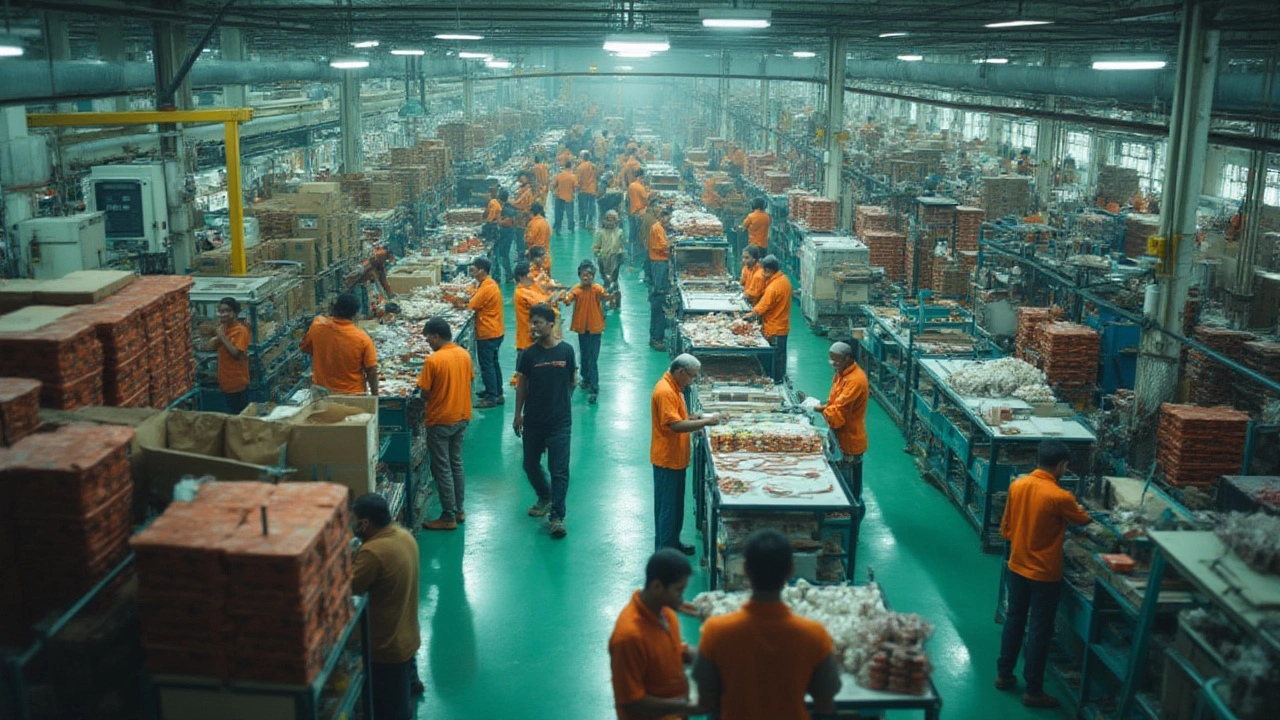Production Efficiency: Simple Steps to Boost Manufacturing Output
Ever wonder why some factories crank out more units with the same staff and equipment? It’s all about production efficiency – doing more with less waste, time, and cost. When efficiency climbs, profit margins rise, customer orders get filled quicker, and your plant stays competitive in a tight market.
Know Your Numbers
The first move is to measure what matters. Track overall equipment effectiveness (OEE), cycle time, and first‑pass yield. OEE splits into availability, performance, and quality – together they tell you if a machine is idle, running slow, or producing defects. A quick daily OEE snapshot lets you spot a bottleneck before it becomes a money‑drainer.
Next, look at cycle time – the minutes it takes to finish one product from start to finish. If you shave a minute off a 10‑minute cycle, that’s a 10% boost in output without buying extra machines. Finally, monitor first‑pass yield, the % of items that pass quality checks the first time. Improving this number cuts re‑work and scrap, directly lifting efficiency.
Five Practical Tweaks
1. Clean Up the Layout – A cluttered floor forces workers to walk farther and hunt for tools. Rearrange stations so the flow follows a straight line. Small changes, like moving a toolbox closer, can shave seconds off each cycle.
2. Standardize Work – Write clear step‑by‑step instructions for each task. When everyone follows the same method, variation drops and training new hires gets faster.
3. Keep Machines Healthy – Preventive maintenance beats reactive fixes. Schedule regular checks, replace worn parts before they fail, and keep a spare‑part list handy. A well‑kept machine runs at peak speed, boosting both availability and performance.
4. Empower Operators – Give line workers the authority to stop the line if they see a problem. This “stop‑the‑line” habit catches defects early, protects quality, and often reveals hidden waste.
5. Use Data‑Driven Adjustments – Connect sensors to a simple dashboard. Real‑time data shows when a machine slows down, when energy spikes, or when inventory builds up. Reacting fast keeps the line humming.
Blue D Air Control has seen these tweaks work across multiple Indian plants. By adding smart air‑control systems, they reduced energy use and kept temperature stable, which in turn lowered defect rates in temperature‑sensitive processes.
Remember, production efficiency isn’t a one‑time project. It’s a habit of continuously checking numbers, fixing small problems, and involving the whole crew. Start with the easiest win – like cleaning up the floor – then move to data‑driven tweaks. Within weeks you’ll see higher output, lower costs, and a happier team.
Ready to level up? Grab a notebook, write down your OEE today, pick one of the five tweaks, and watch the change. Small steps today create big gains tomorrow.

7 Wastes of Manufacturing: Lean Principles & Practical Solutions
Learn about the 7 wastes of manufacturing, find out what they are, why they matter, and discover real tips on how to spot and reduce them for better profits.
